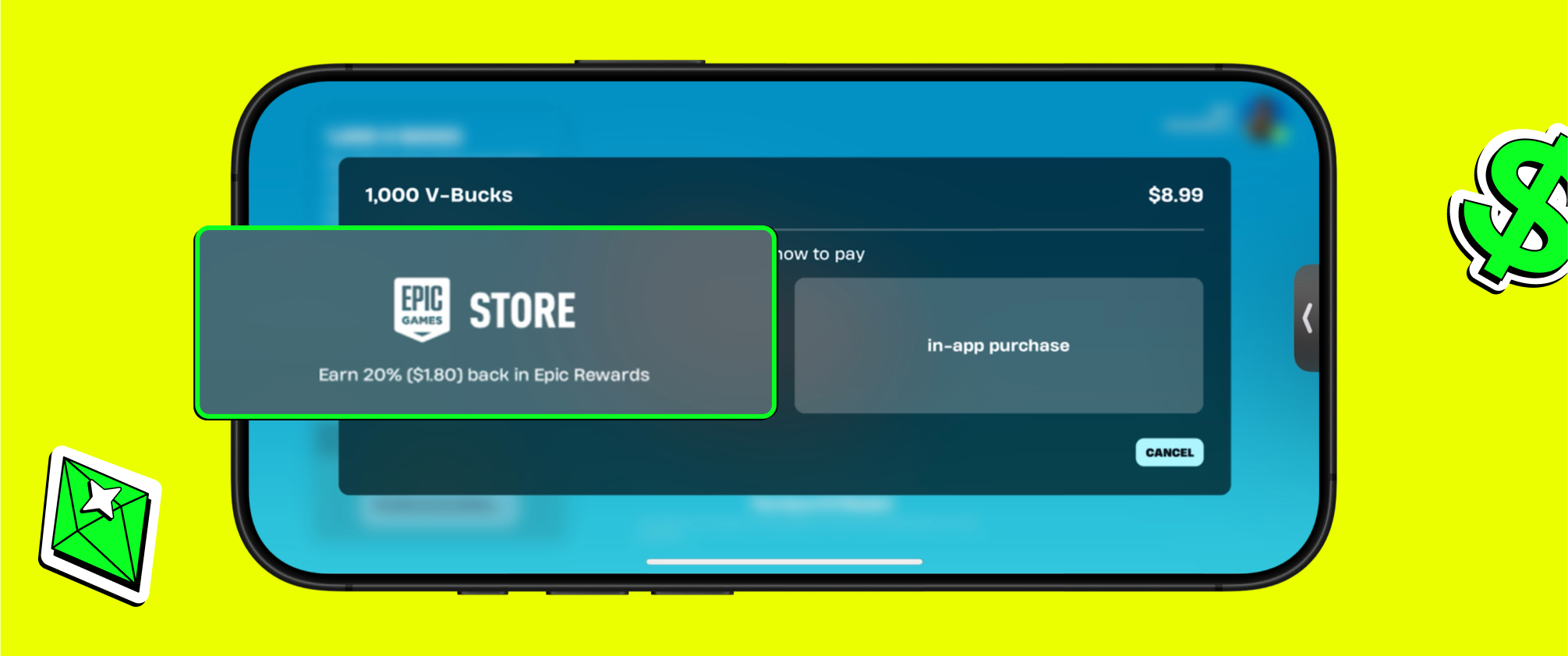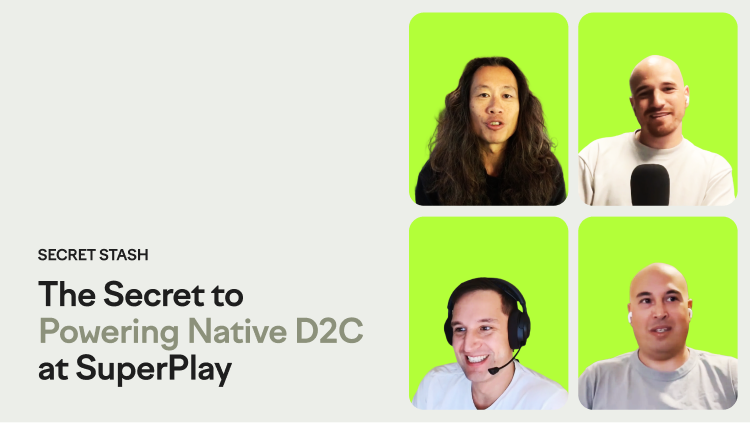When Playtika shifted 25% of their revenue to direct payments, they kept an extra $161 million that would have gone to app store fees. That wasn't just smart business—it was proof that alternative payment strategies deliver real results. What seemed impossible just months ago is now reality: game developers can finally offer players direct payment options and keep significantly more of their hard-earned revenue.
The catalyst? Two landmark court rulings in 2025 that have rewritten the rules of mobile gaming monetization.
What Changed in 2025
U.S. federal courts ruled against both Apple and Google in 2025, eliminating platform fees on external payments and removing restrictions on how developers communicate about alternative payment options.
The April ruling against Apple found the company had willfully violated previous court orders. The July appeals court decision upheld the verdict against Google's Play Store practices, confirming antitrust violations. These decisions build on broader regulatory momentum globally (Here's the complete breakdown of all the regulatory shifts making direct payments viable).
The result: developers can now legally direct players to off-platform payments in the U.S. without platform interference or additional fees.
Real Studios, Real Results
Successful implementations are happening right now, with each studio taking a different approach to the same core challenge: making direct payments more appealing than traditional in-app purchases.
Epic Games (Fortnite) The Pioneer of Side-by-Side Comparison
Epic Games revolutionized direct payments in Fortnite by presenting players with a clear choice at checkout. Rather than hiding web payment options or making them difficult to find, Epic puts both payment methods side-by-side with transparent value propositions.

Epic’s approach focuses on three key elements:
Transparent Value Comparison: Players see exactly how much they save by choosing web payments. The 20% cashback is displayed as both a percentage and actual dollar amount ($1.80 in this example), making the benefit immediately clear.
Equal Visual Weight: Both payment options are presented with similar prominence, but the web option includes additional value messaging that naturally draws attention.
Real-Time Education: The interface educates players about Epic Rewards at the moment of purchase decision, when motivation is highest.
This strategy has proved effective because it respects player choice while clearly communicating the financial benefit of direct payments. Epic doesn’t force players to use web payments—they make web payments obviously better.
Other Studio Approaches
Zynga (Farmville 3): Implemented seamless web checkout toggles that automatically direct players to their Zynga Store, with pre-authenticated purchasing for instant transactions.
Supercell (Clash Royale): Uses persistent in-game messaging and strategic popup placement to educate players about their web store benefits.
Playtika (Board Kings): Offers 20% bonus rewards for web purchases, with prominent visual design that makes the web option stand out against traditional payment methods.
.png)
Each approach tackles the two critical success factors: reducing friction (making web payments easy) and increasing motivation (giving players compelling reasons to choose web over in-app).
The Implementation Challenge
The opportunity is clear, but execution determines success. Publishers face complex decisions about:
- When and how to introduce web payment options
- What incentives to offer without cannibalizing existing revenue
- How to minimize conversion friction while staying compliant
- Whether to link directly to webshops or use embedded checkout flows
The difference between success and failure often comes down to understanding player psychology and timing these transitions perfectly. Studios that get it right see immediate revenue boosts. Those that don't risk confusing players and losing sales.
What's Next for Mobile Gaming
This shift represents more than just a new payment option—it's the beginning of a fundamental transformation in how mobile games operate. As more revenue moves off-platform, developers will gain:
Direct player relationships: No more intermediated customer connections
Better data and analytics: Direct insight into player behavior and preferences
Enhanced marketing capabilities: Ability to communicate directly with customers
Improved unit economics: Higher LTV makes more aggressive user acquisition possible
Industry experts predict that successful implementation of off-platform payments could transform the entire mobile gaming ecosystem, potentially allowing entirely new game genres and mechanics to become viable.
Your Next Move
The window for first-mover advantage is narrowing. While most developers are still planning their direct payment strategies, early implementers are already optimizing based on real player data.
If you're evaluating direct-to-consumer payments, start with understanding what successful studios are actually doing. The implementation details matter—from how you present payment options to players to which incentives drive the highest conversion rates.
Want to see the complete breakdown? We've analyzed the specific strategies Epic, Supercell, Zynga, and other top studios use to implement off-platform payments. Get the detailed case studies and strategic framework that shows exactly how leading games reduce friction and increase player motivation to choose direct payments.


.png)